
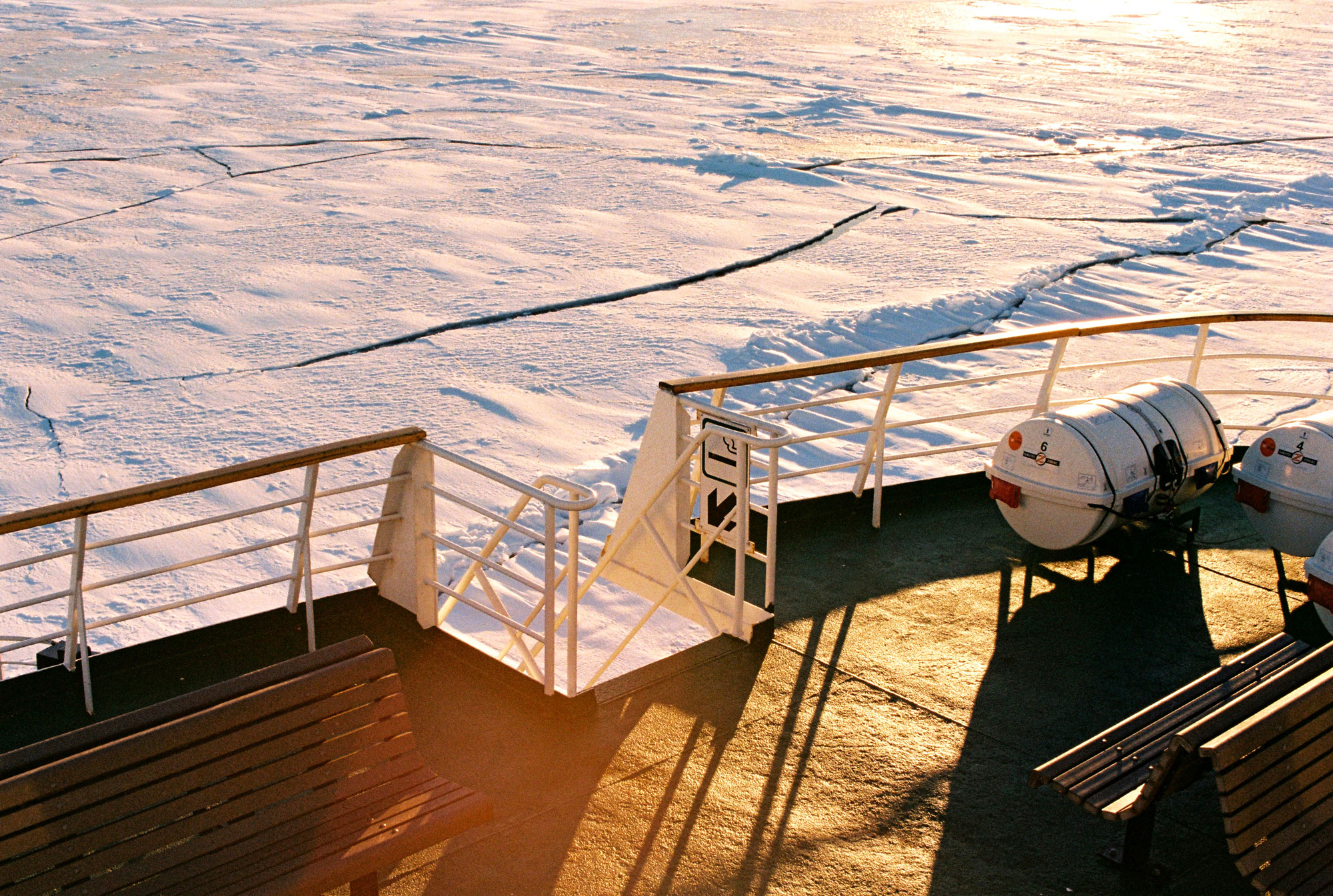
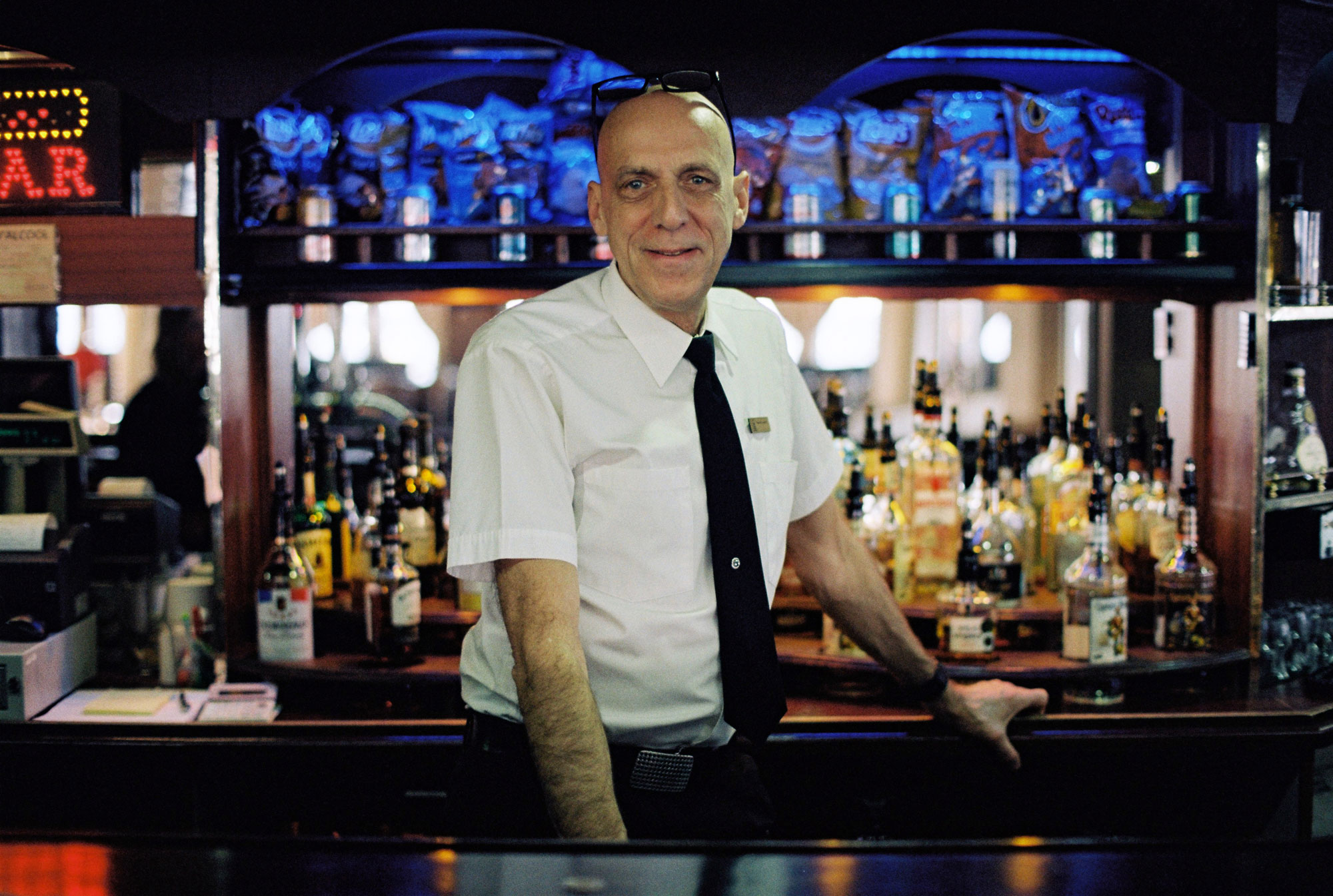
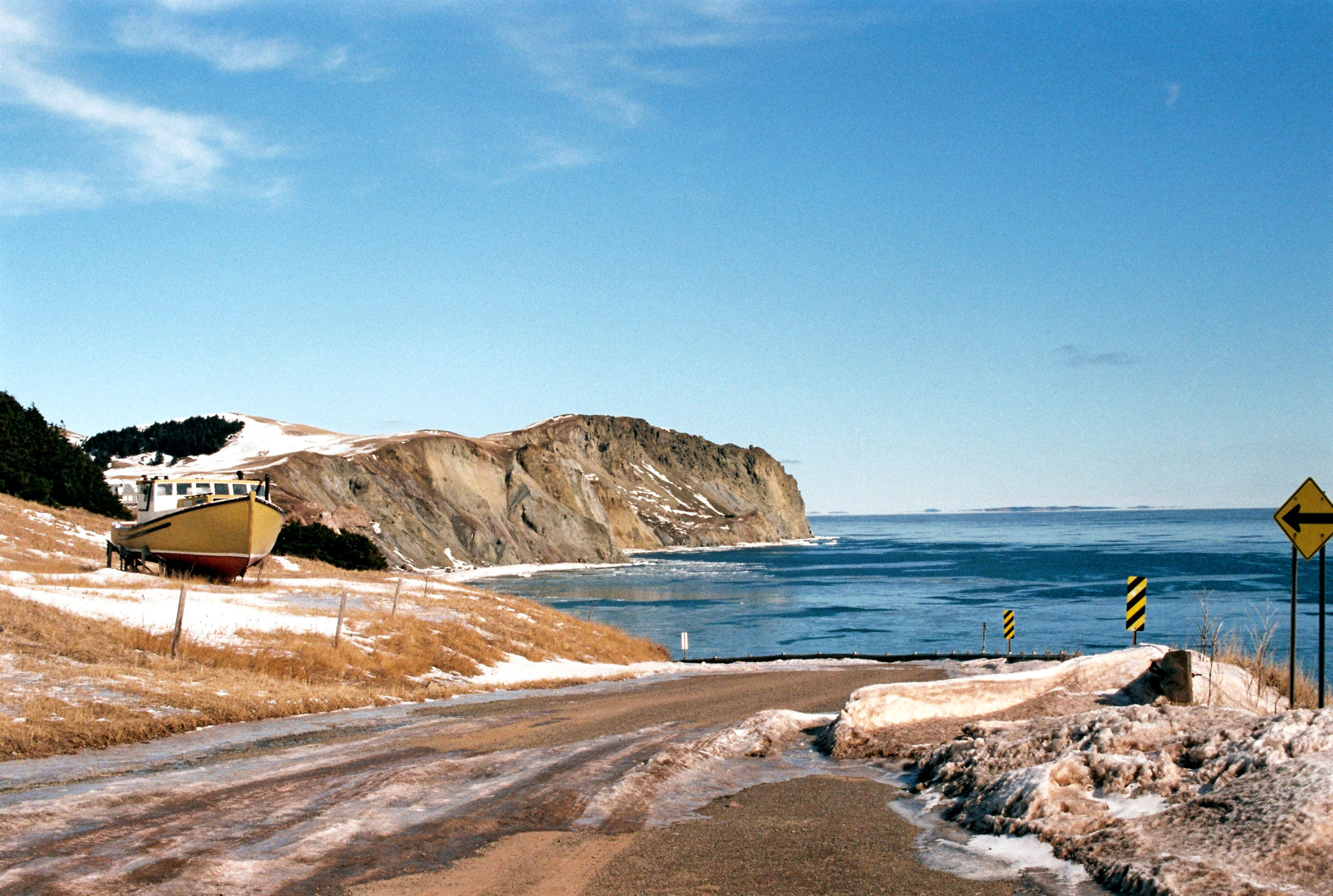
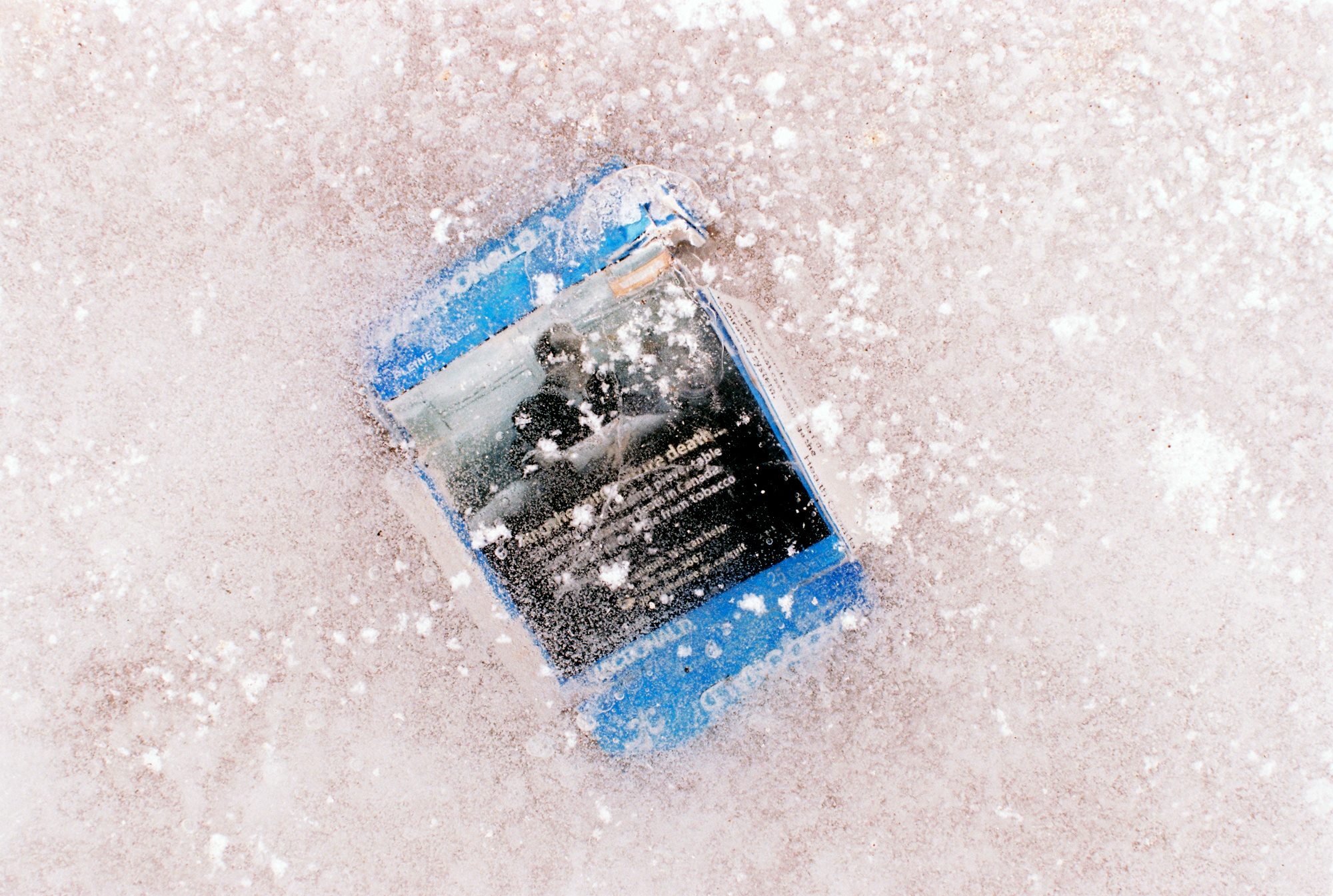
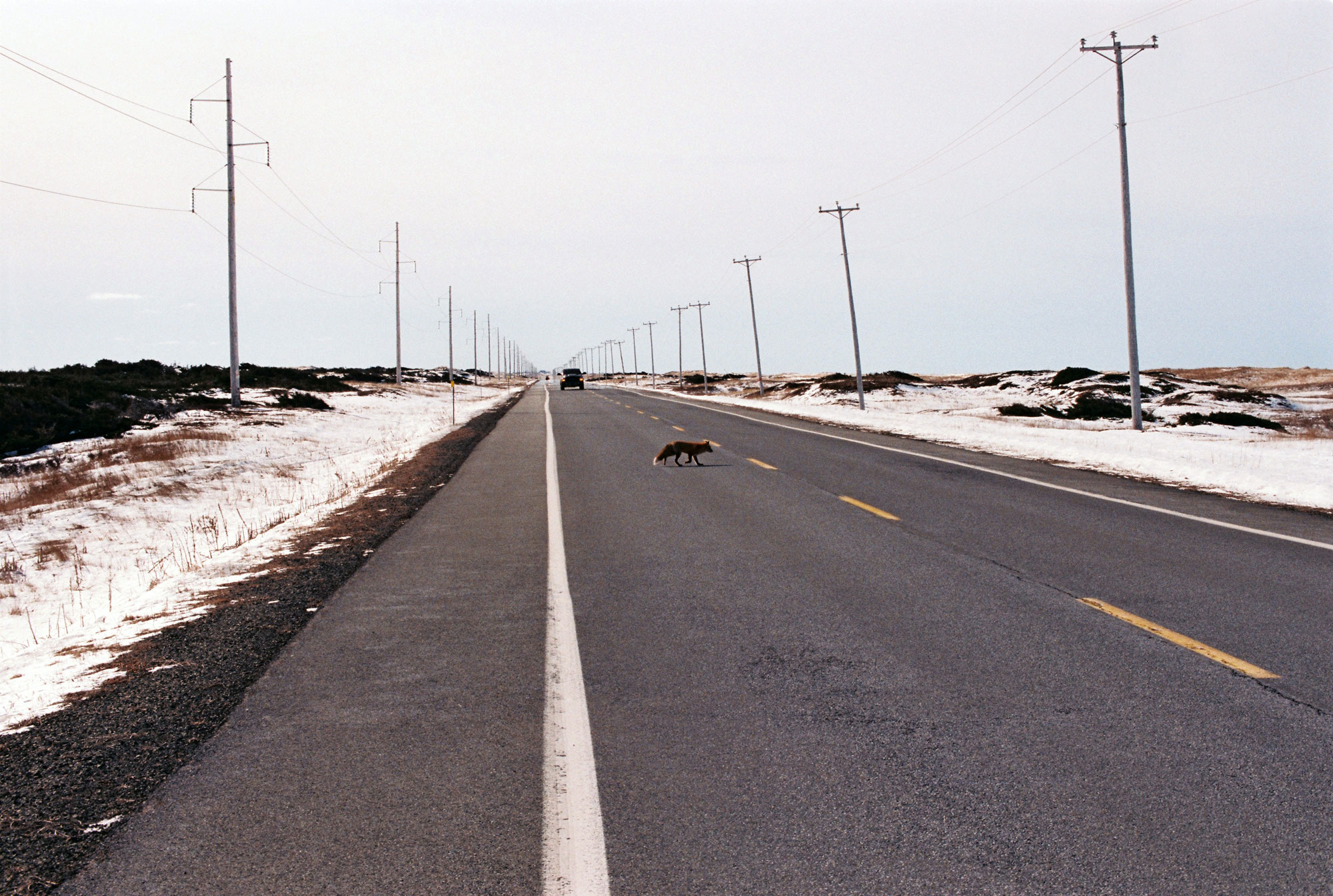
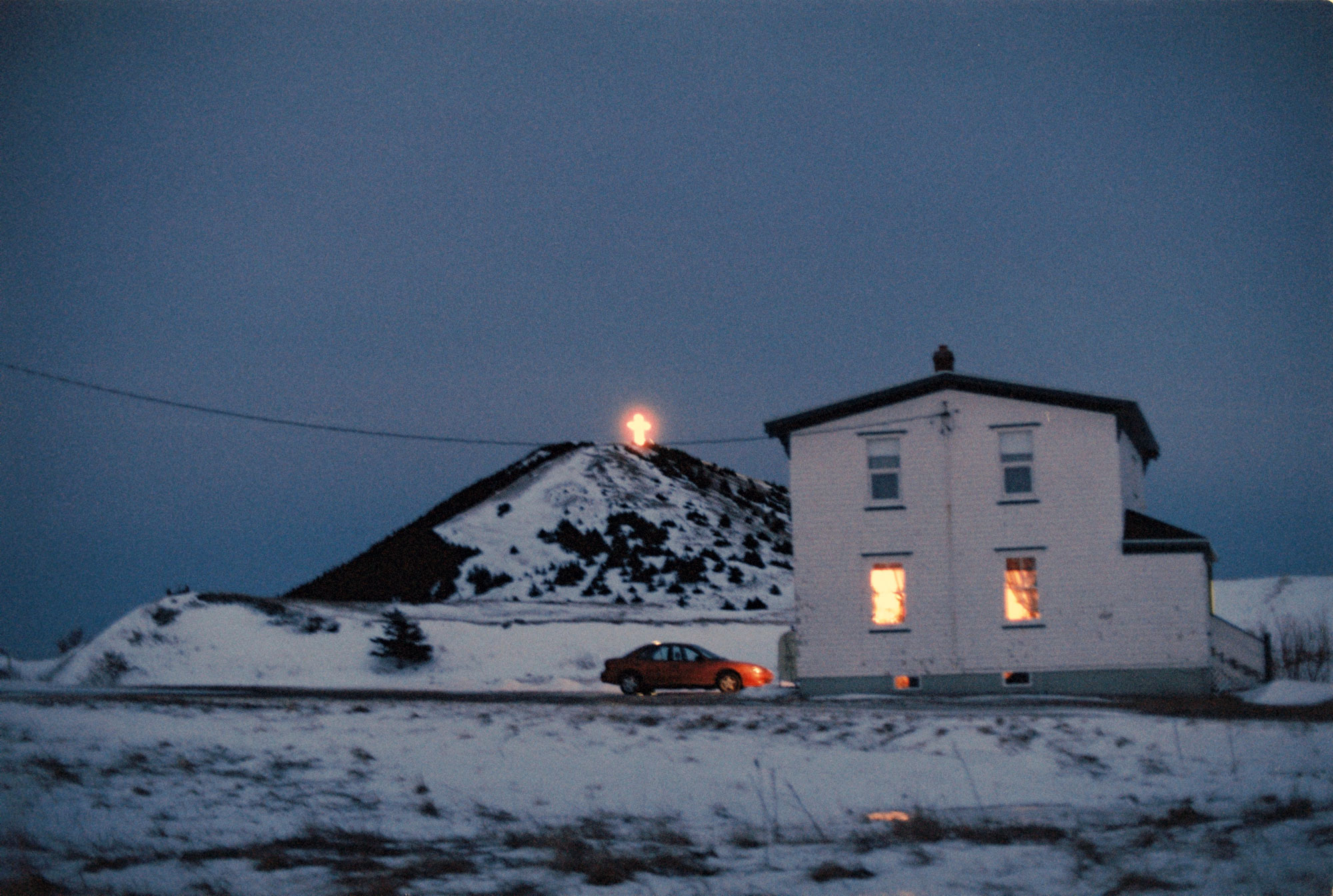
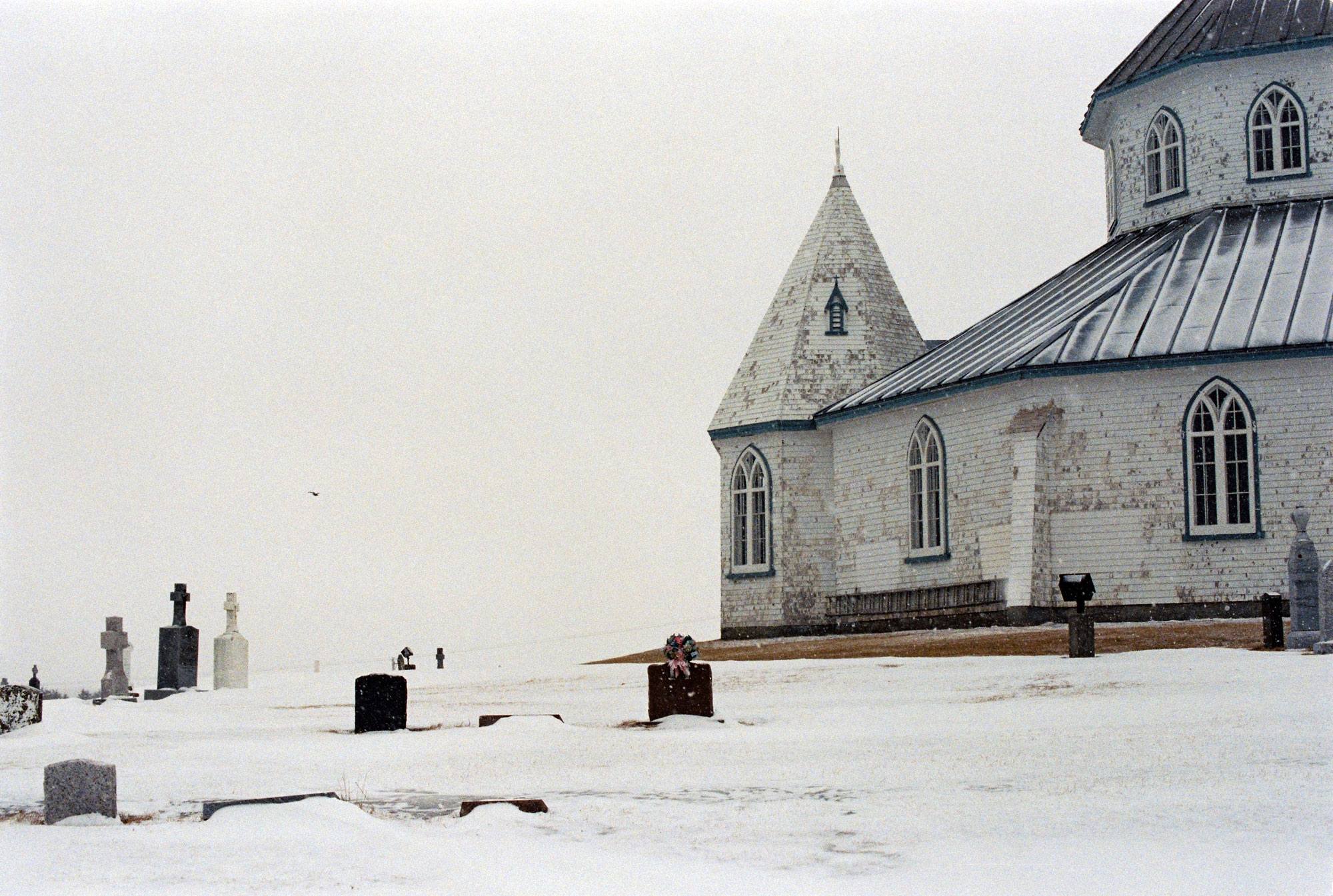
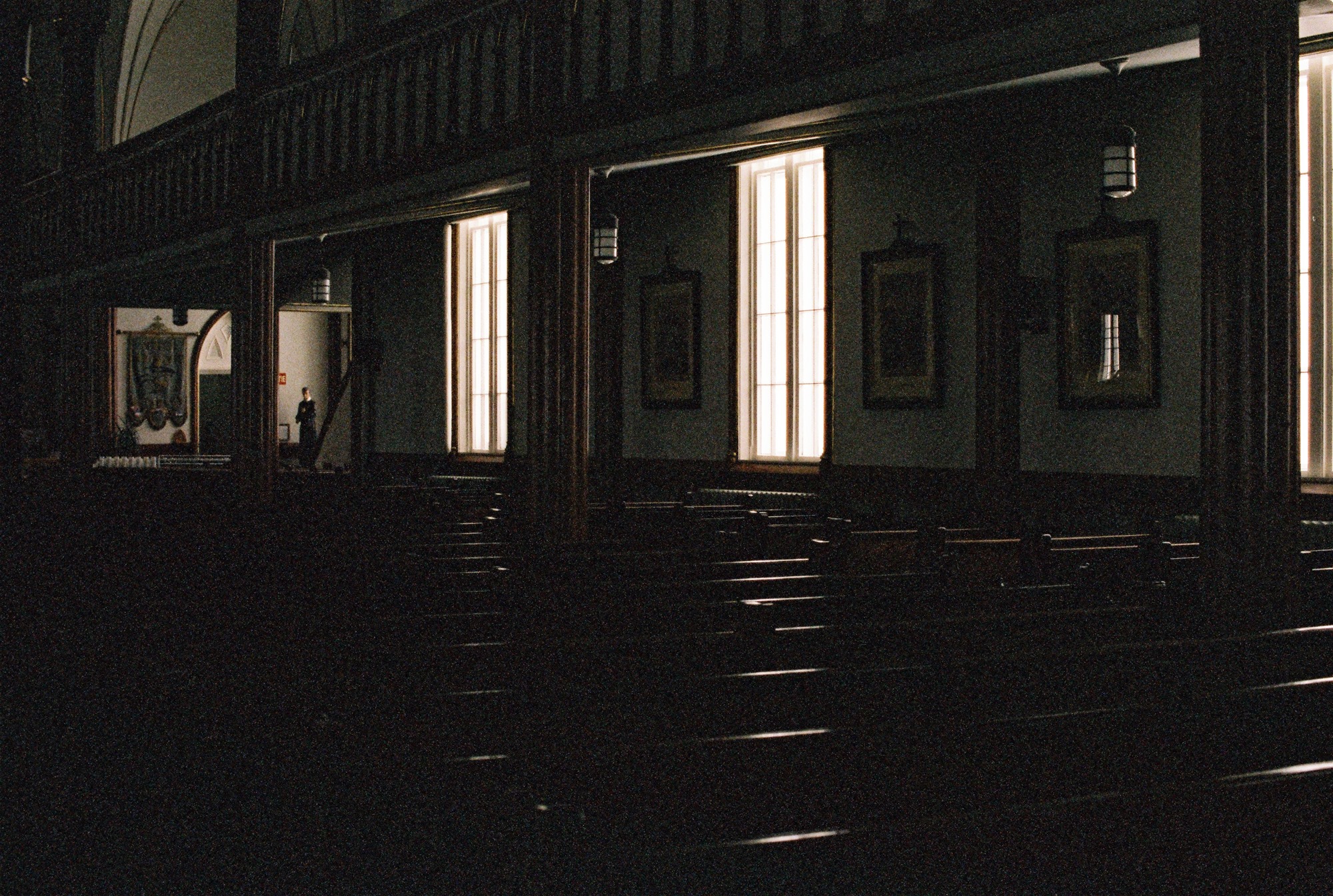
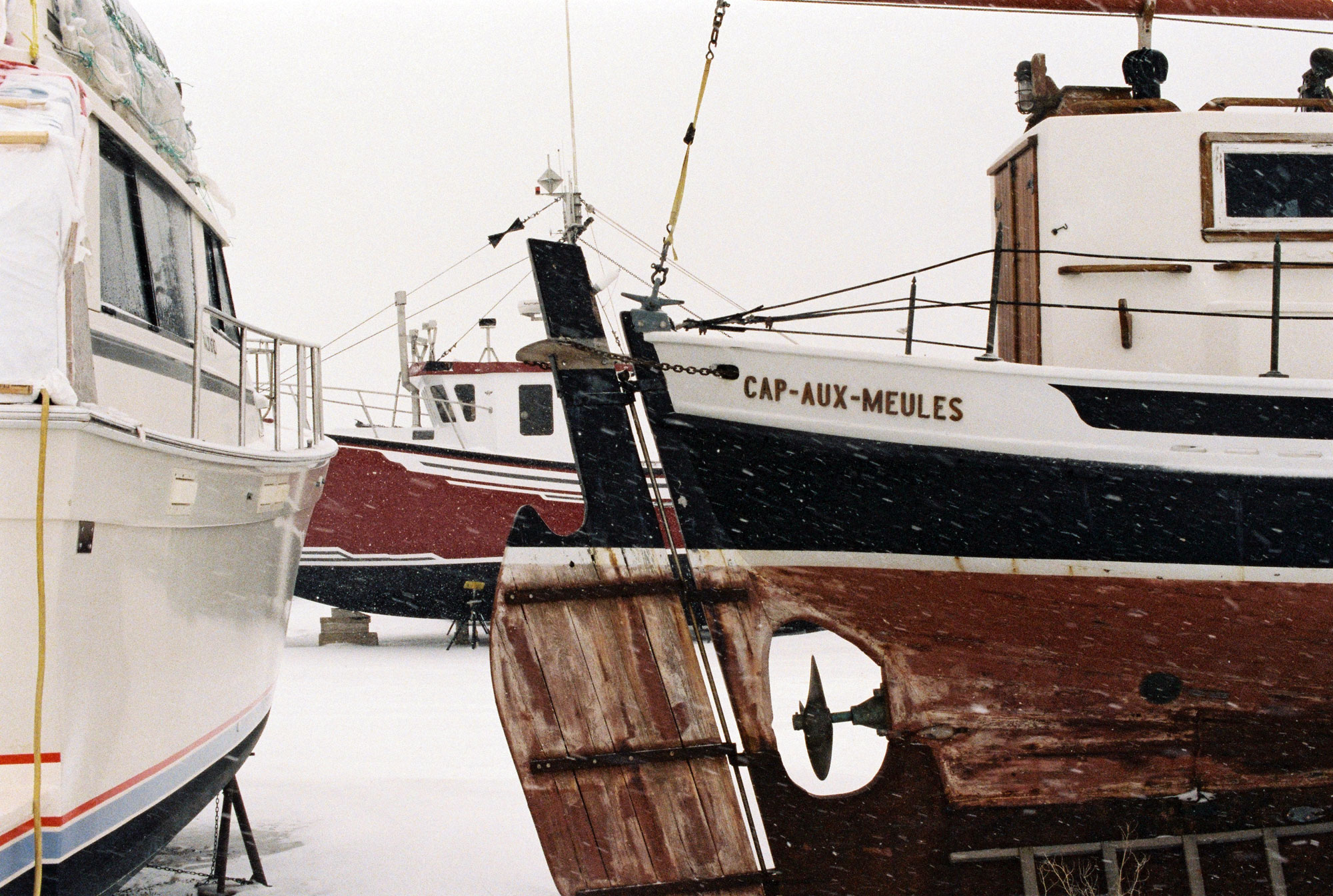
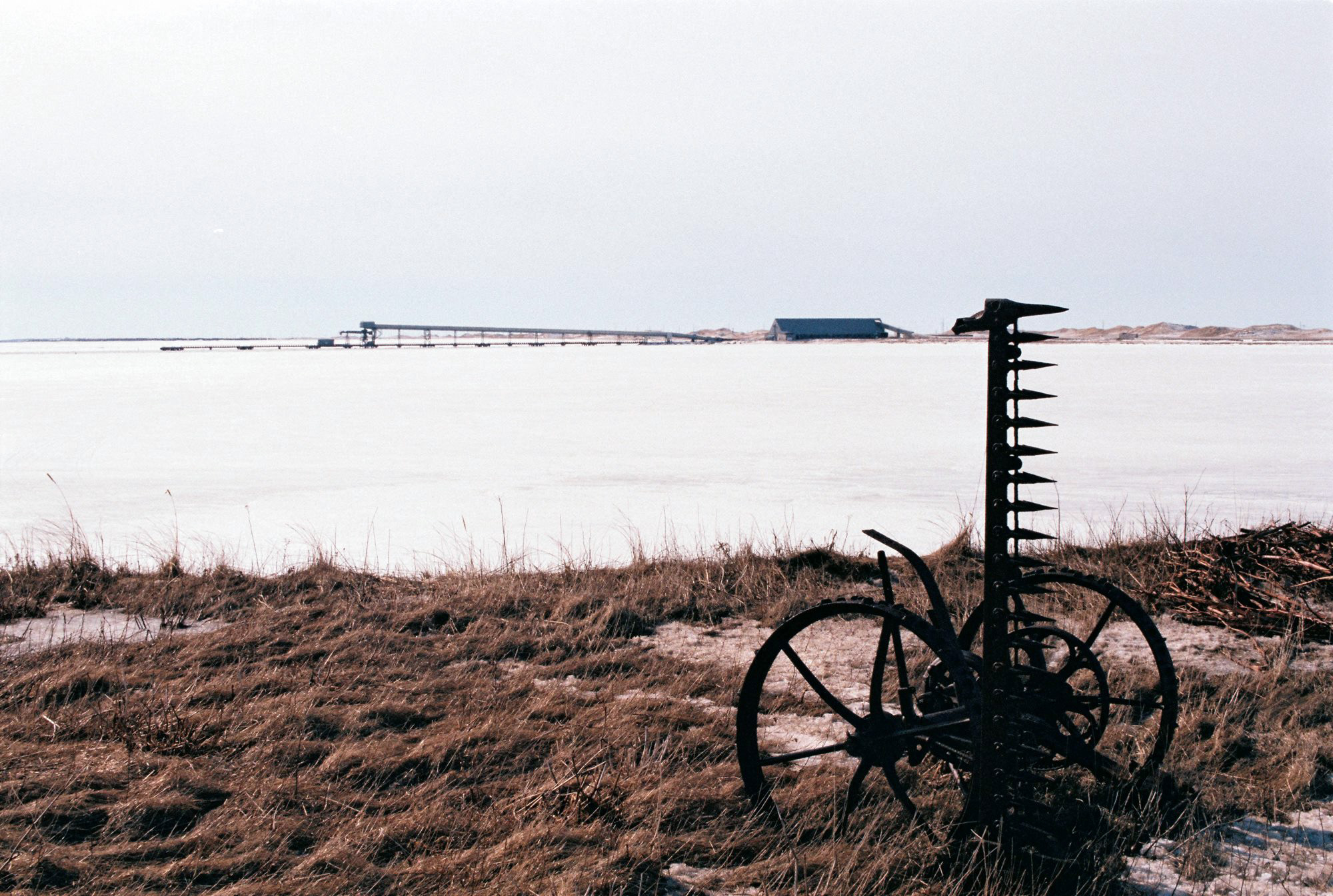
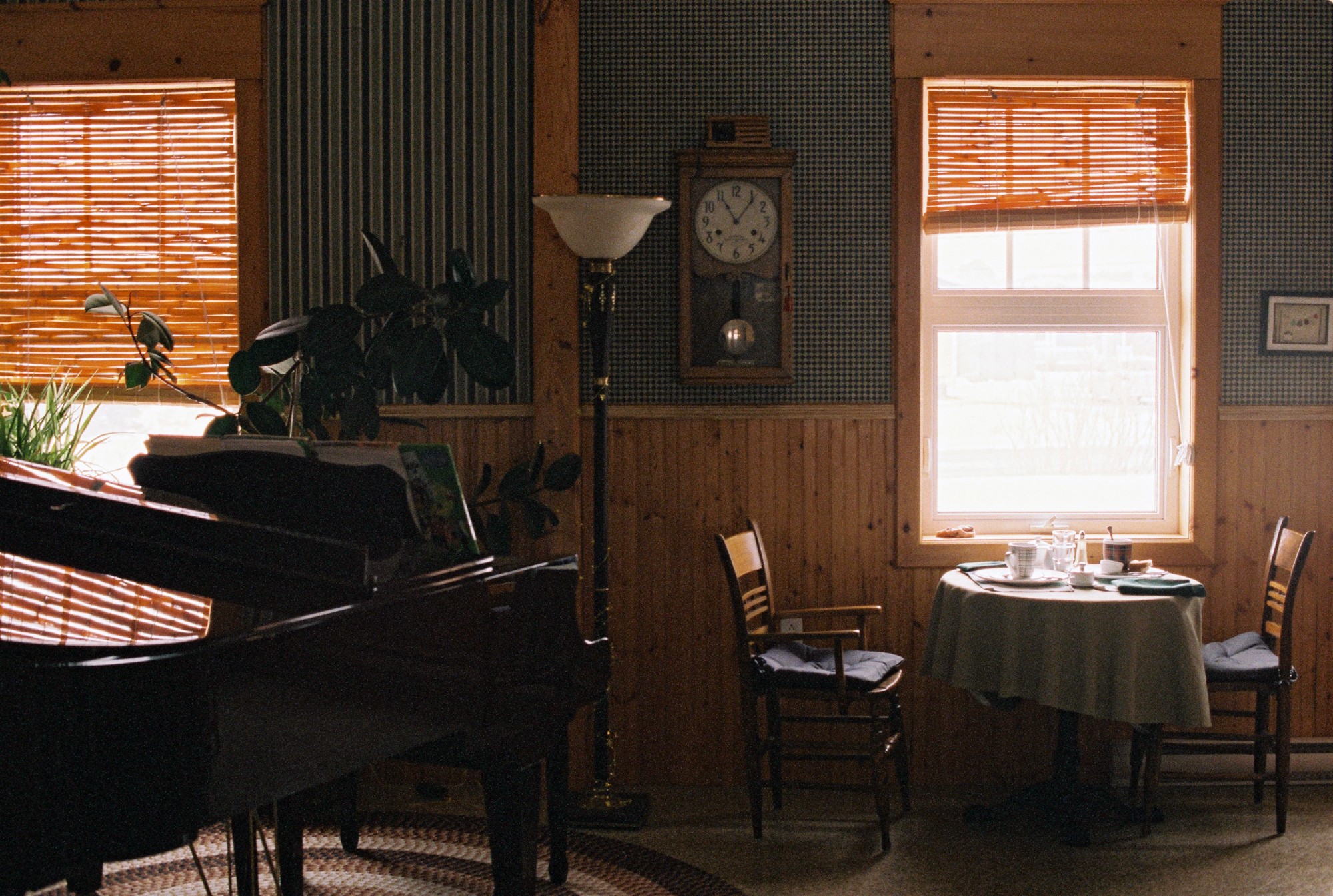
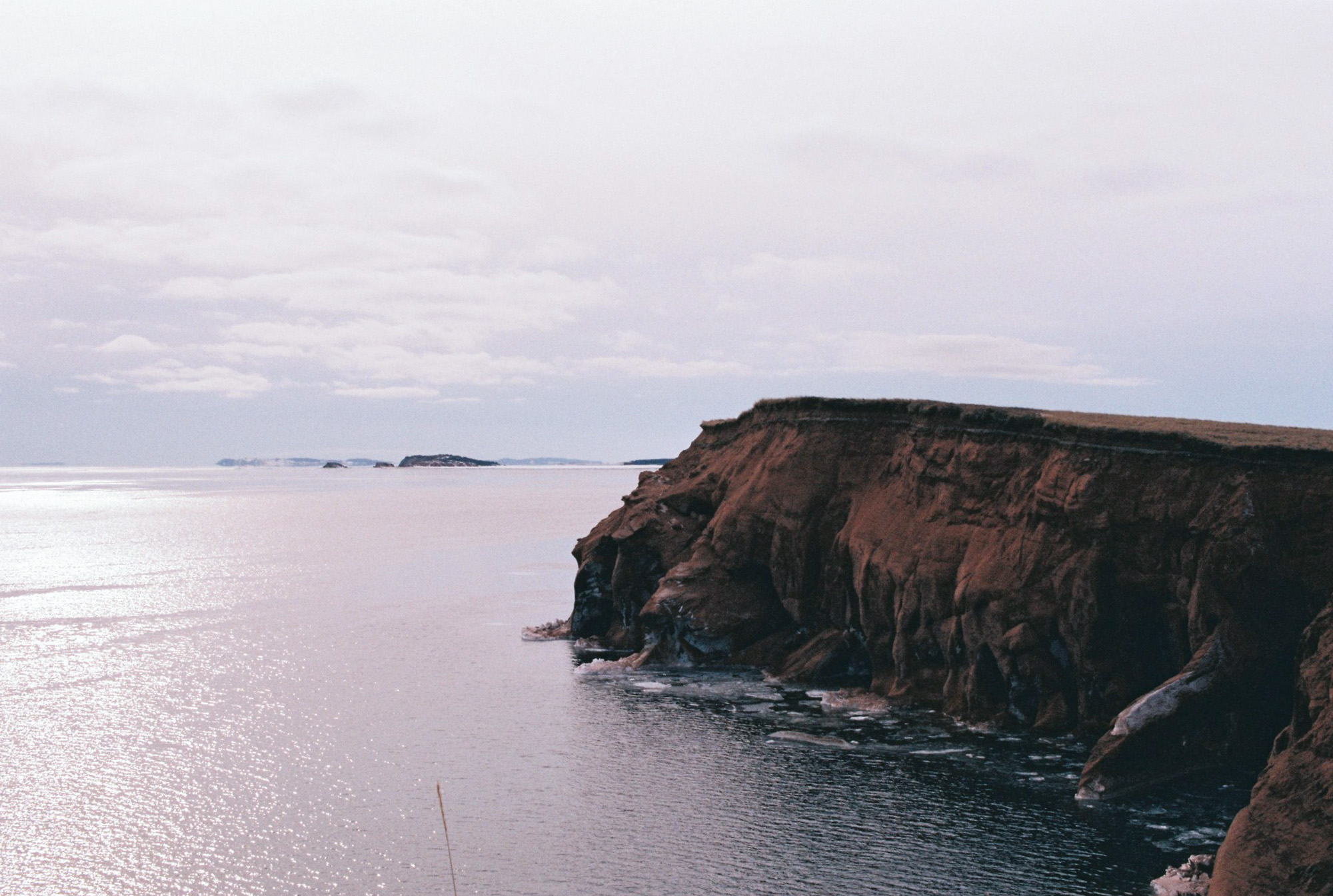

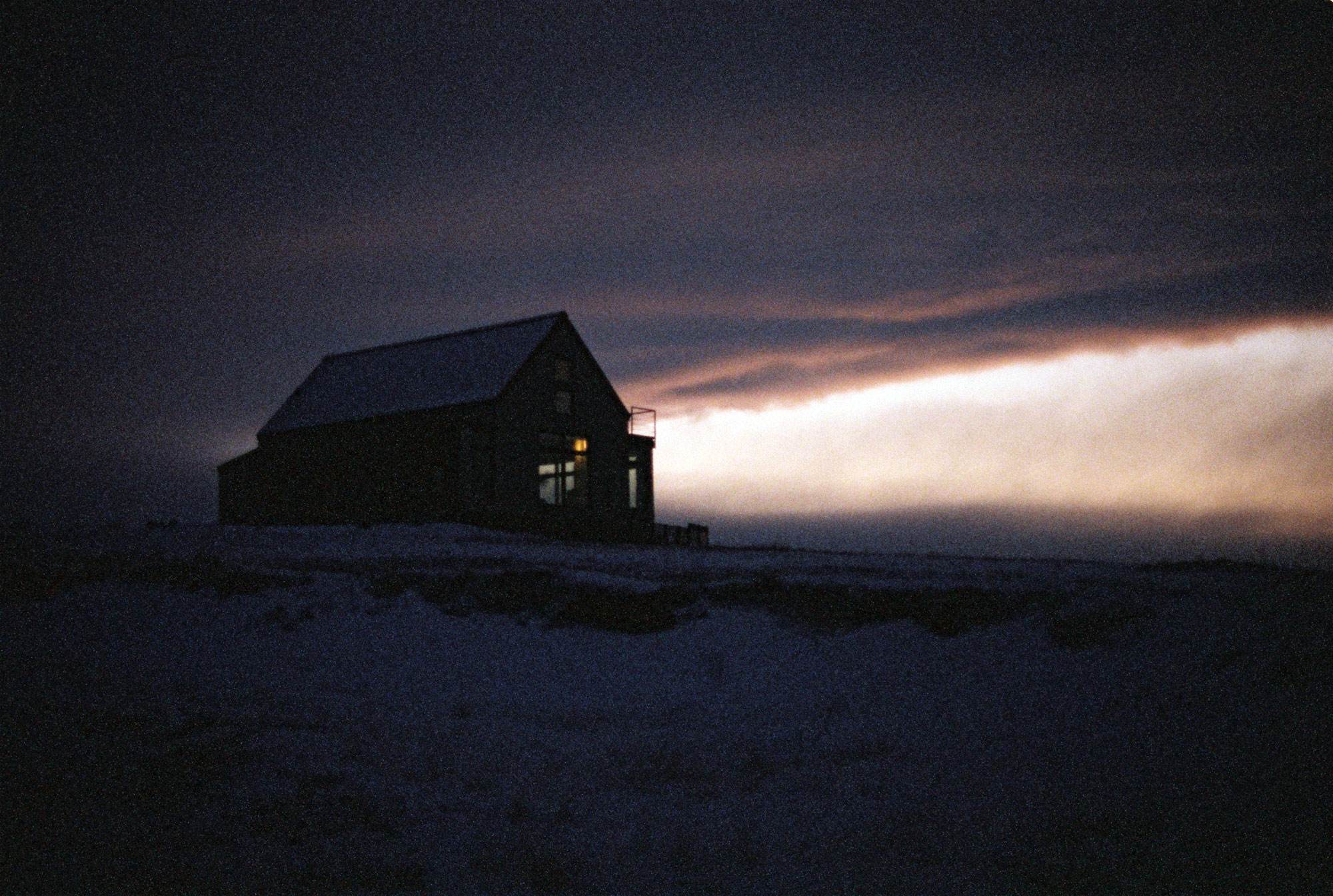

C’est la route du retour. Toujours aussi calme et berçante, la traversée au milieu des glaces est l’occasion de nous remémorer le voyage. Même si en France un fort régionalisme peut exister, nous avons le sentiment d’avoir traversé ici différents pays, avec des langues et des cultures issues de métissages hétéroclites. Et ce n’était qu’une toute petite partie du Canada dont l’immensité donne le tournis. Cette trainée de glace est à l’image de ce vaste territoire, au Nord, où femmes et hommes, depuis tout temps, n’ont eu de cesse de repousser les limites du lointain et de l’adversité. • • • • • This is the road home. Always so calm and rocking, the crossing in the middle of the ice is an opportunity to remember the journey. Even if in France a strong regionalism can exist, we have the feeling to have crossed different countries with languages and cultures resulting from heterogeneous crossbreeding. And that was just a tiny part of Canada whose immensity makes you dizzy. This trail of ice is a reflection of this vast territory, in the North, where women and men, since time immemorial, have never ceased to push the limits of distance and adversity.


Derrière le bar, un grand monsieur attire notre attention. Son élégance, son sourire et sa bienveillance nous happent. On parle un peu des Îles de la Madeleine, où il est né et où il vit, et de sa passion pour la poterie. Il voit mon appareil en bandoulière et très vite je lui demande si je peux le prendre en photo. • • • • Behind the bar, a tall man draws our attention. His elegance, his smile and his kindness catch us. We talk a bit about the Magdalen Islands, where he was born and lives, and about his passion for pottery. He sees my camera over my shoulder and very quickly I ask him if I can take a picture.




Nous arrivons de nuit, avec comme point de rendez-vous « l’aréna de Fatima ». Nous y retrouverons, Nadine, gérante du gîte de « La Butte Ronde » sur l’île du Havre-aux-Maisons où nous séjournerons. Je me souviens encore de notre surprise en découvrant ce nom oriental, ici, outre-Atlantique. Après cette longue traversée, au milieu de la nuit qui a tout recouvert, certains symboles resurgissent dans ce petit bout du monde. • • • • We arrive at night, with "Fatima arena" as our meeting point. We will meet there, Nadine, manager of the gîte "La Butte Ronde" on the island of Havre-aux-Maisons where we will be staying. I still remember our surprise when we discovered this oriental name, here, on the other side of the Atlantic. After this long crossing, and the night that covered everything, certain symbols re-emerge in this small end of the world.



« Cette fibre insulaire est très très présente et laisse des traces où qu’elle soit. L’adage dit «qu’aux Îles, ce n’est pas pareil !», ce qui en dit long. Cette insularité québécoise et maritime, se transporte aussi dans certains milieux urbains où des regroupements de Madelinots en «exil», si je puis dire, se rassemblent pour y faire revivre la culture. C’est le cas à Verdun, au Sud-Ouest de Montréal où il existe le «Mouvement Social Madelinot. • • • • • “This island fiber is very present and leaves traces wherever it is. The saying goes "that in the Islands, it's not the same!", Which speaks volumes. This Quebec and maritime insularity is also transported to certain urban areas where groups of Madelinots in "exile", if I may say so, gather to revive the culture. This is the case in Verdun, southwest of Montreal where there is the "Mouvement Social Madelinot." JEAN ÉLOQUIN, JUL20.

« Si la partie Nord des Îles vous semble plus calme, cela s’explique par le fait que toute la vie culturelle se passe au centre et à l’extrémité Ouest. Cela a toujours été. Il arrive en saison estivale que quelques activités aient lieu à Grande-Entrée (mon village natal) mais ce n’est que le temps d’un week-end. • • • • • If the northern part of the Islands seems quieter to you, this is explained by the fact that all cultural life takes place in the center and at the western end. It always has been. It happens in the summer season that some activities take place in Grande-Entrée (my native village) but this is only the time of a weekend.» JEAN ÉLOQUIN, JUL20.

« Mon aïeul Éloquin (Helléquin-Elkin) arrivait de Tréguier en Bretagne. Ce serait par son épouse madelinienne que j’aurais du sang acadien. La même chose du côté de mes grands-parents maternels; l’un arrivant de Saint-Jean-de-Luze (Darraspé) devenu Deraspe aux Iles-de-la-Madeleine. C’est par ma grand-mère maternelle que je suis à demi-Acadien. Alors, une culture métissée...Mais, je ne me sens pas vraiment Acadien pour autant, sauf si ce n’est qu’historiquement. Ma véritable appartenance est au Québec. Je sais qu’il y a une fierté acadienne et que beaucoup d’artistes en font la promotion. En tant que minorité culturelle, tout comme le Québec d’ailleurs, ils se battent pour exister en tant que peuple. • • • • My ancestor Éloquin (Helléquin-Elkin) came from Tréguier in Brittany. It would be through his Magdalen wife that I would have Acadian blood. Same thing from my maternal grandparents side. One arriving from Saint-Jean-de-Luze (Darraspé) who became Deraspe in the Magdalen Islands. It is through my maternal grandmother I am half-Acadian. So, a mixed culture... But, I do not really feel Acadian, expect historically speaking. My real affiliation is with Quebec. I know there is an Acadian pride and many artists promote it. As a cultural minority, like Quebec by the way, they are fighting to exist as a people. » JEAN ÉLOQUIN, JUL20.


